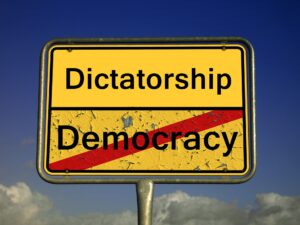From the great pyramids of Egypt to the lost cities of the Maya, human history is filled with powerful civilizations that once dominated their regions—only to fall into decline and disappear. But why do civilizations fall? What causes once-thriving societies to crumble?
What Is a Civilization?
A civilization is a complex human society characterized by urban development, social stratification, a form of government, and symbolic systems of communication such as writing. Civilizations are often marked by achievements in architecture, agriculture, technology, and culture.
Common Causes of Collapse
Historians and archaeologists have identified several recurring themes in the fall of past civilizations:
- Environmental Changes: Droughts, deforestation, or soil degradation often led to food shortages.
- Economic Collapse: Poor management of resources or overreliance on trade can destabilize an economy.
- War and Invasion: Many civilizations were weakened or destroyed by foreign invaders or internal conflicts.
- Disease and Epidemics: Plagues and pandemics have decimated populations and disrupted social order.
- Political Instability: Corruption, tyranny, and civil unrest often undermined the legitimacy of ruling powers.
Examples of Collapsed Civilizations
- Ancient Rome: Once the heart of a vast empire, Rome fell due to a mix of internal decay and external invasions.
- The Maya Civilization: Mysteriously declined around 900 CE, possibly due to drought, overpopulation, and warfare.
- Mesopotamia: Often called the “cradle of civilization,” it suffered from environmental degradation and conquest.
Are We at Risk Today?
Modern society faces its own challenges—climate change, economic inequality, political instability—that echo the problems of the past. While our global connectivity offers resilience, it also means the impact of crises can be far-reaching.

